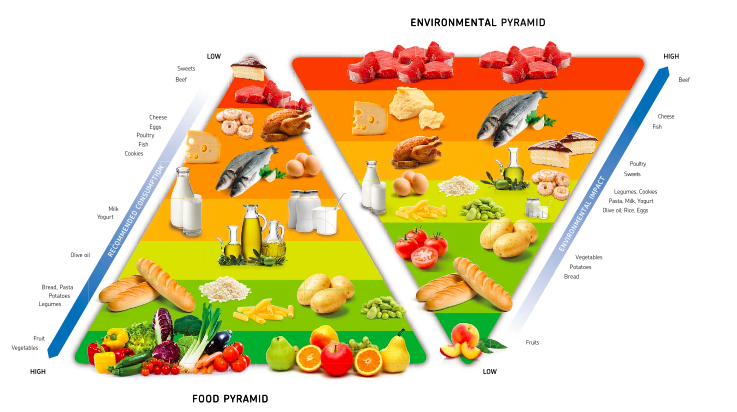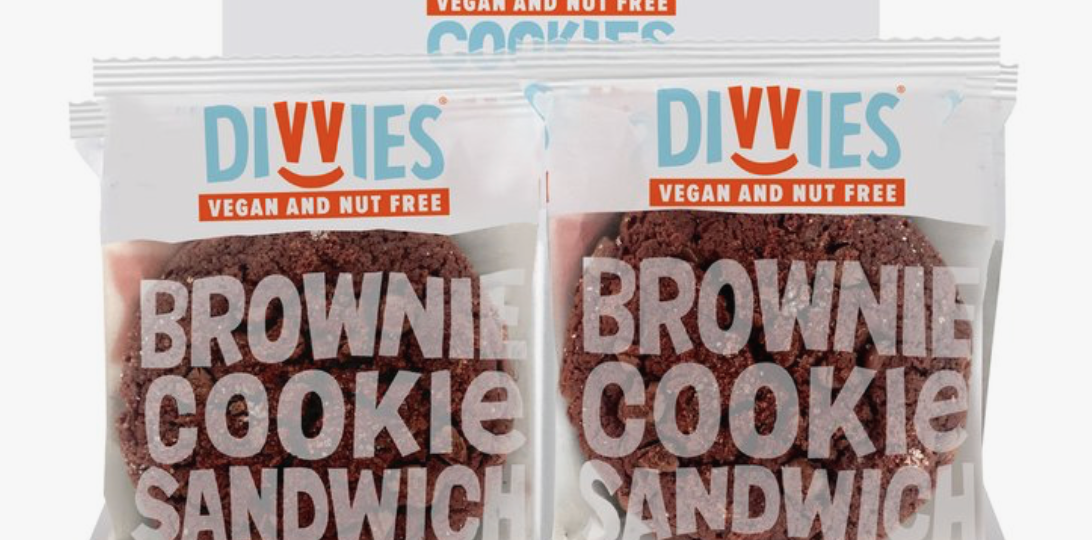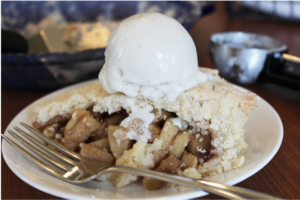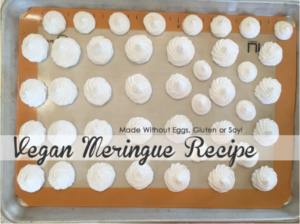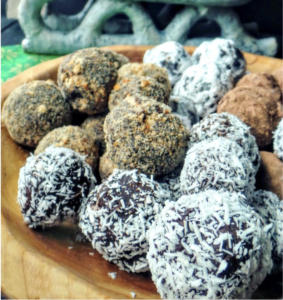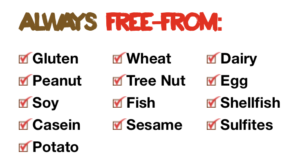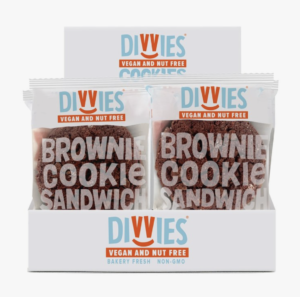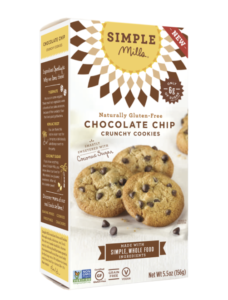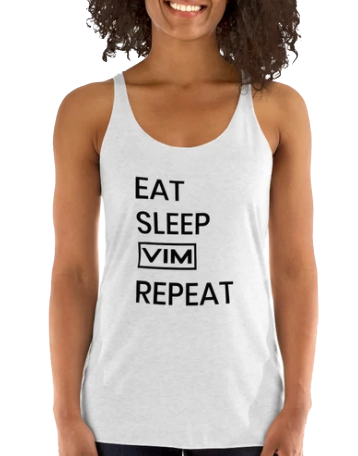This easy, whole grain pancake recipe is perfect after sleeping in on the weekends, or even just making in the morning because you have an extra 20 minutes.
You don’t need a reason to make these, especially since all the ingredients are wholesome, and already in your pantry!
So what are you waiting for?
Pancakes for dinner!
Ingredients:
-
1 cup whole wheat flour
-
1 tbsp baking powder
-
1/2 tsp sea salt
-
1 cup unsweetened almond milk (substitute water or other plant-based milk of choice)
-
2 tbsp pure maple syrup (or sweetener of choice)
-
1/2 tsp cinnamon
-
1 tsp pure vanilla extract
-
Mix together the flour, baking powder, sea salt and cinnamon in a bowl.
-
Add the unsweetened almond milk, vanilla and maple syrup and stir until “just mixed.”
-
Let the batter sit for 5-10 minutes. (Optional, but I found they come out fluffier this way.) Let the pan heat up while you wait.
-
Cook in 1/4-1/2 cup portions in a lightly oiled non-stick pan over medium-high heat.
-
Once there are a few bubbles in the middle, flip and cook for a few more minutes on the other side.
-
Serve and enjoy!
I topped mine with banana slices, peanut butter drizzle, and maple syrup. I also added chocolate chips because plain pancakes are never as good as chocolate chip! Here’s a pic of my own construction, but feel free to experiment!
Blog post written by Trainer, Sarah Oliver
VIM is now offering nutrition services with Trainer & Nutrition Coach, Christine Galvin!
Click below to find out how you can benefit from 1 on 1 Nutrition Coaching!
[button link=”https://vimfitness.com/nutrition/” text=”LEARN MORE” color=”green” size=”large” fullwidth=”true”]

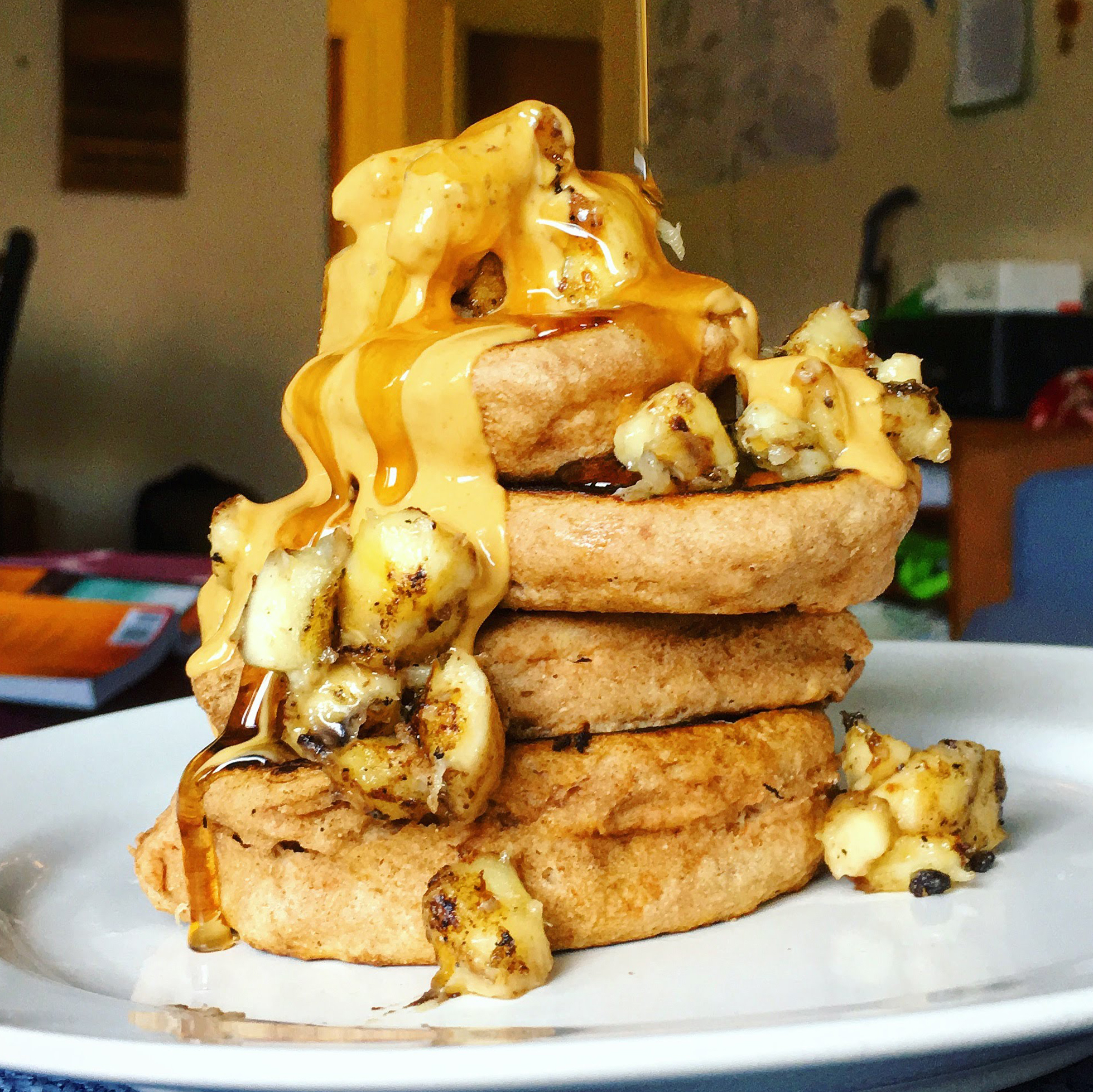
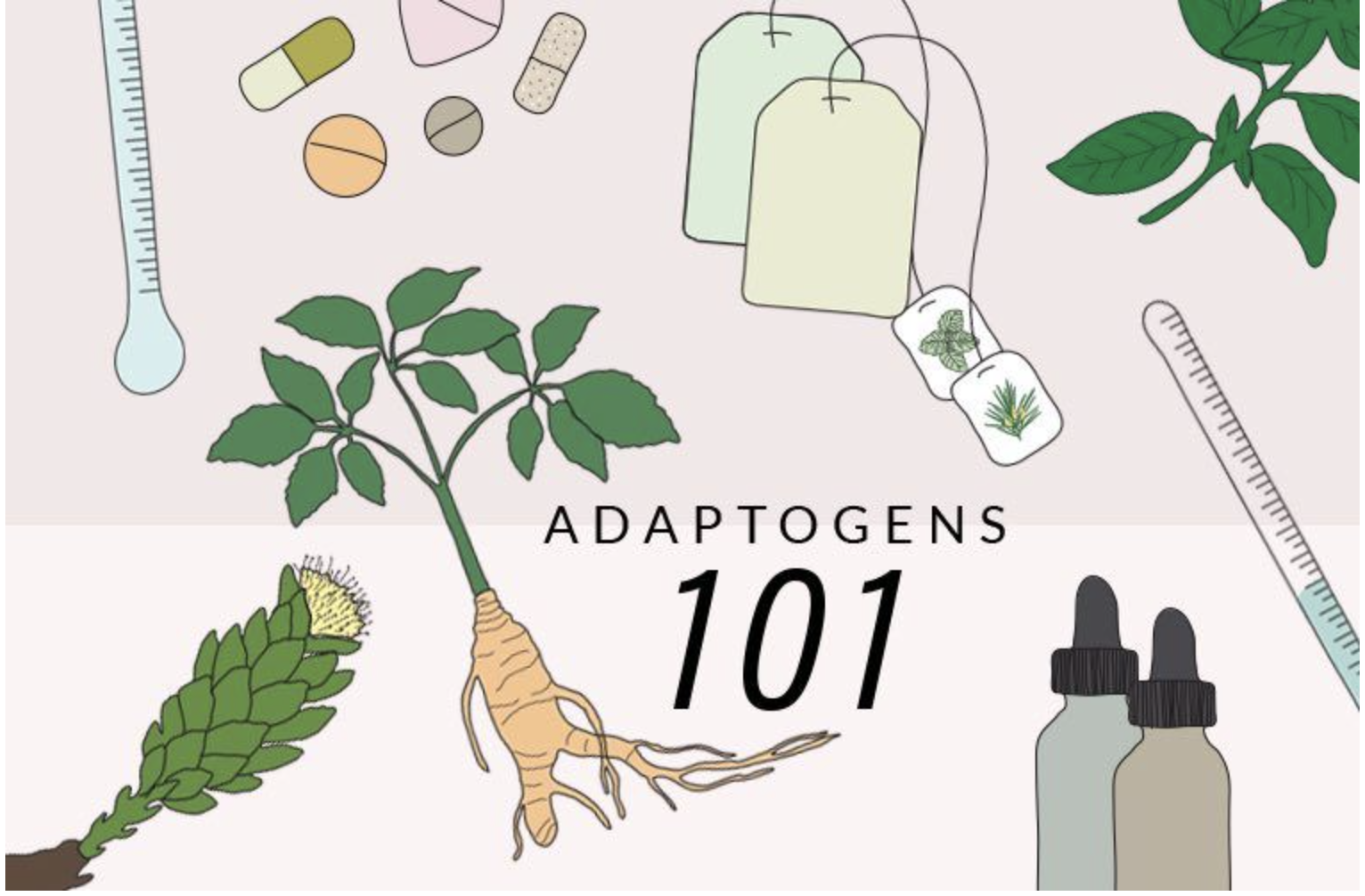

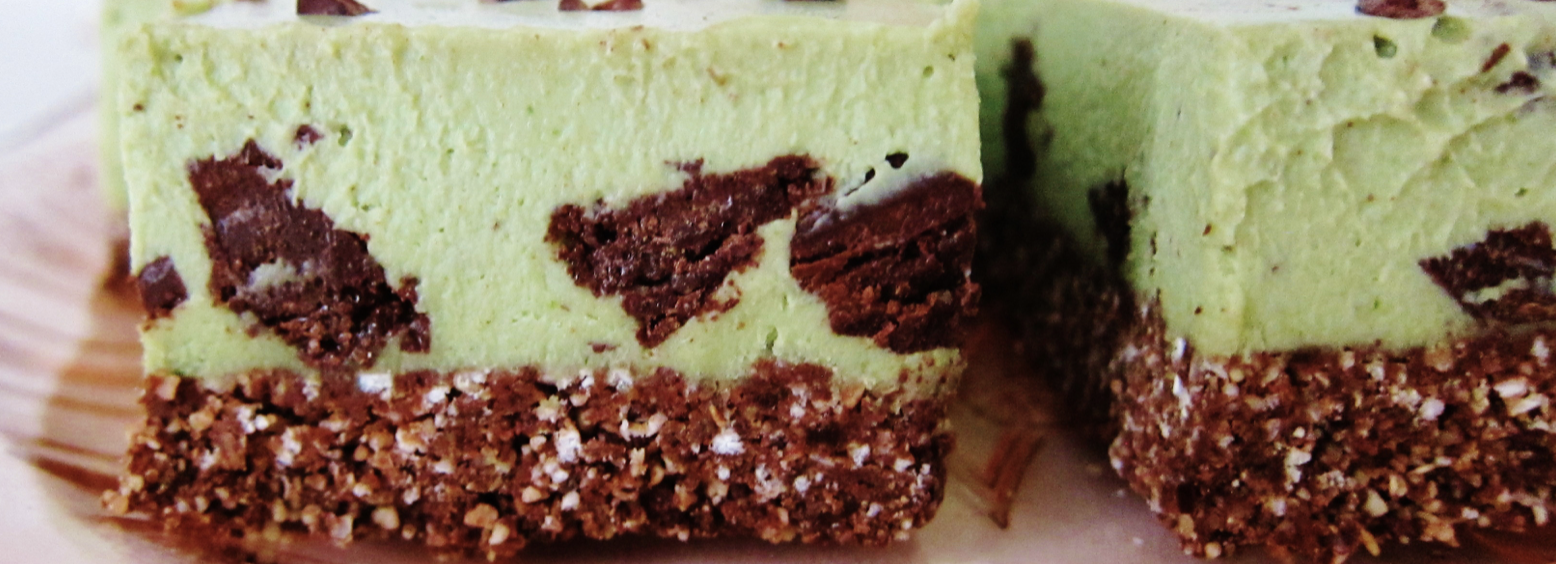

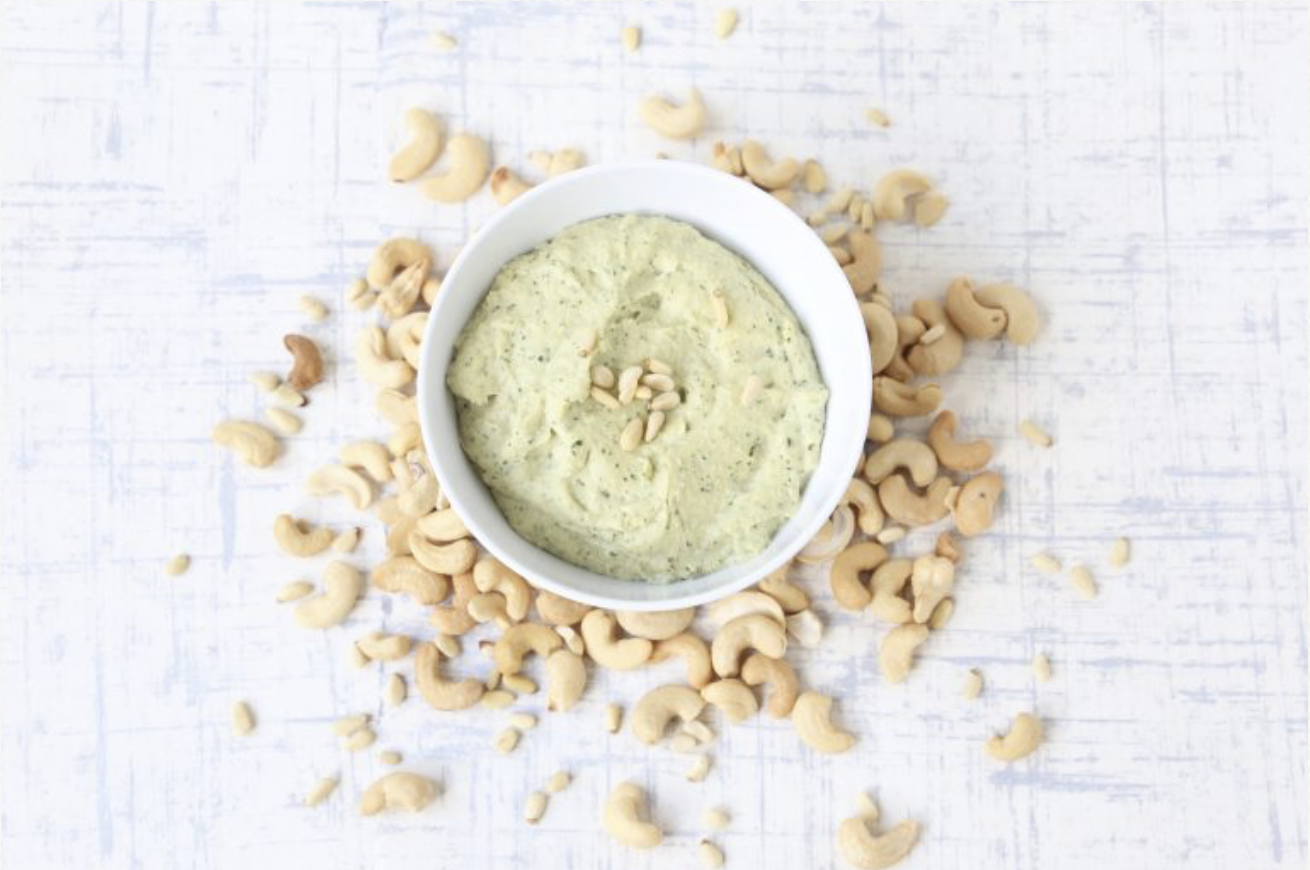
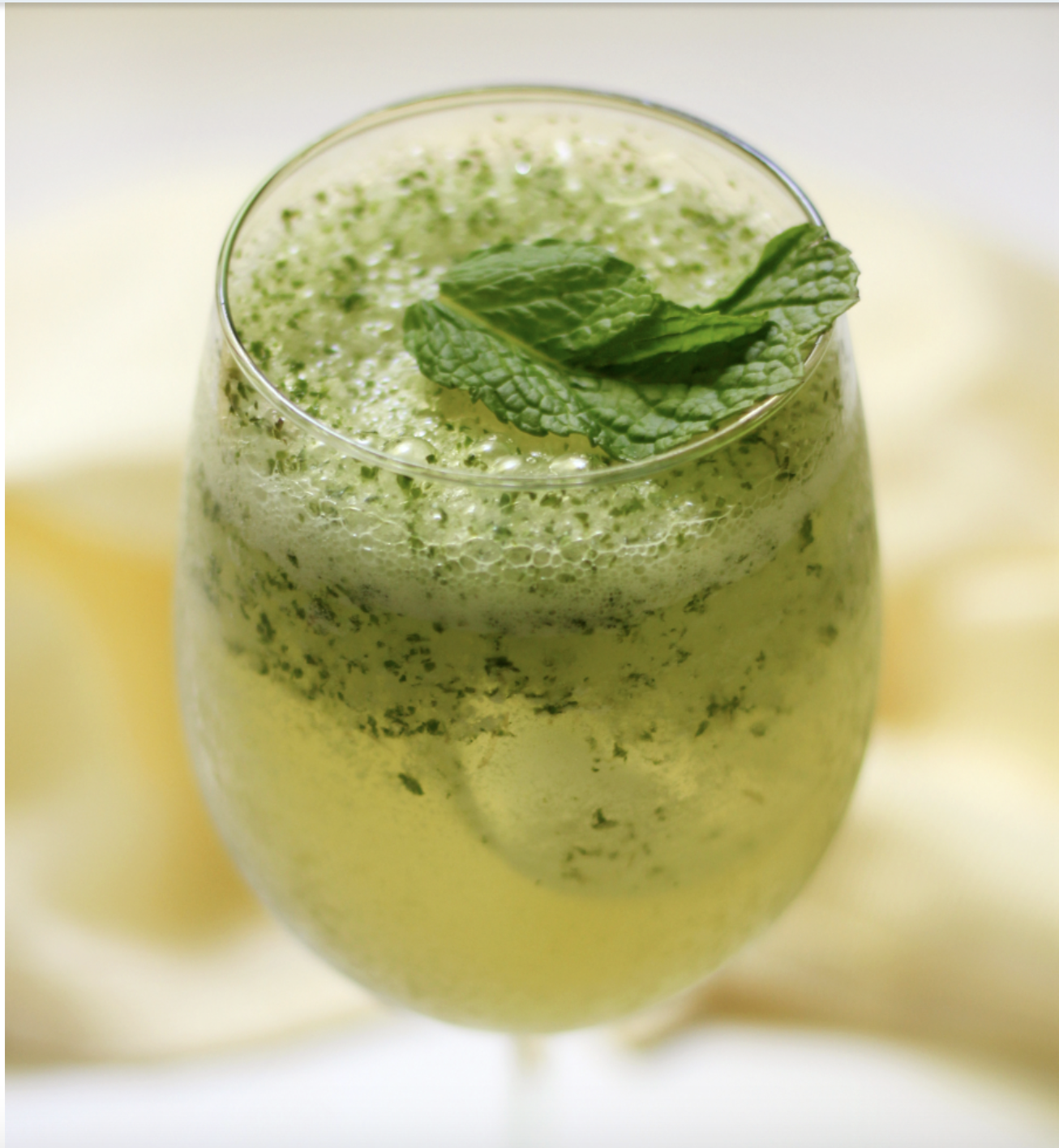
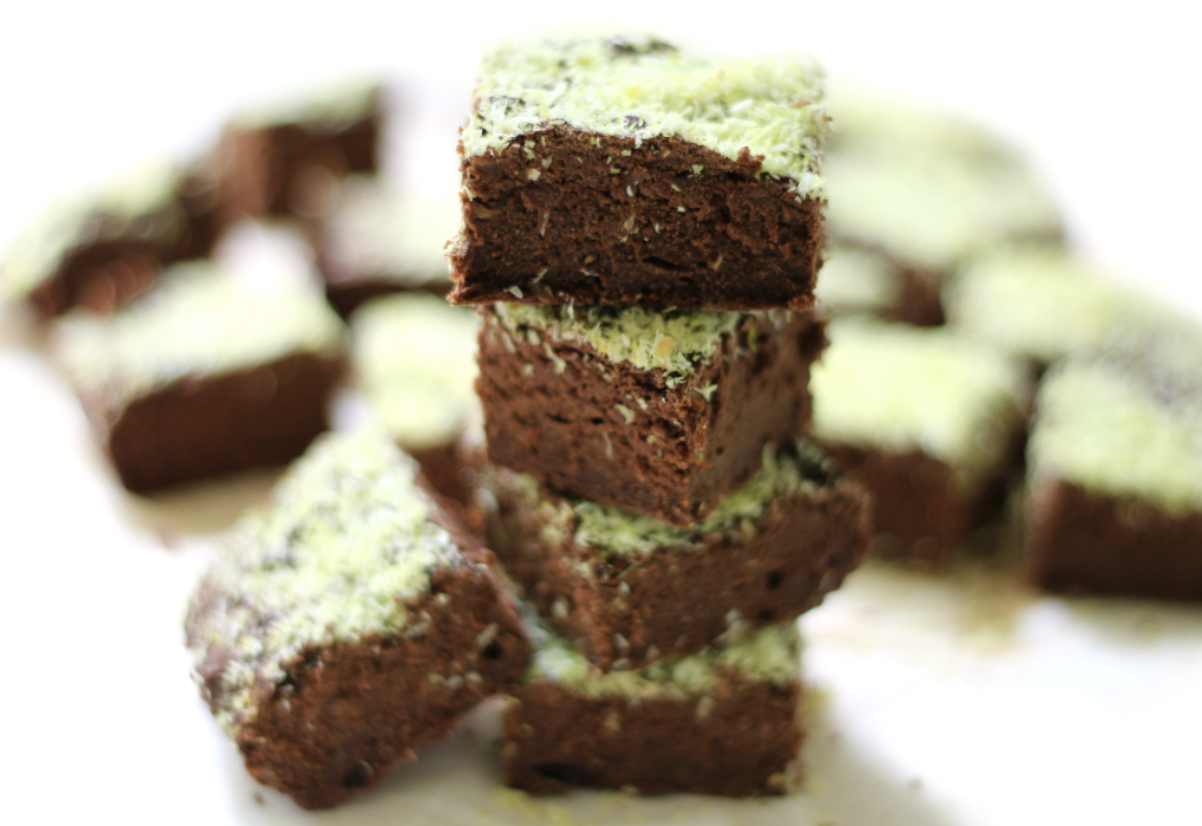
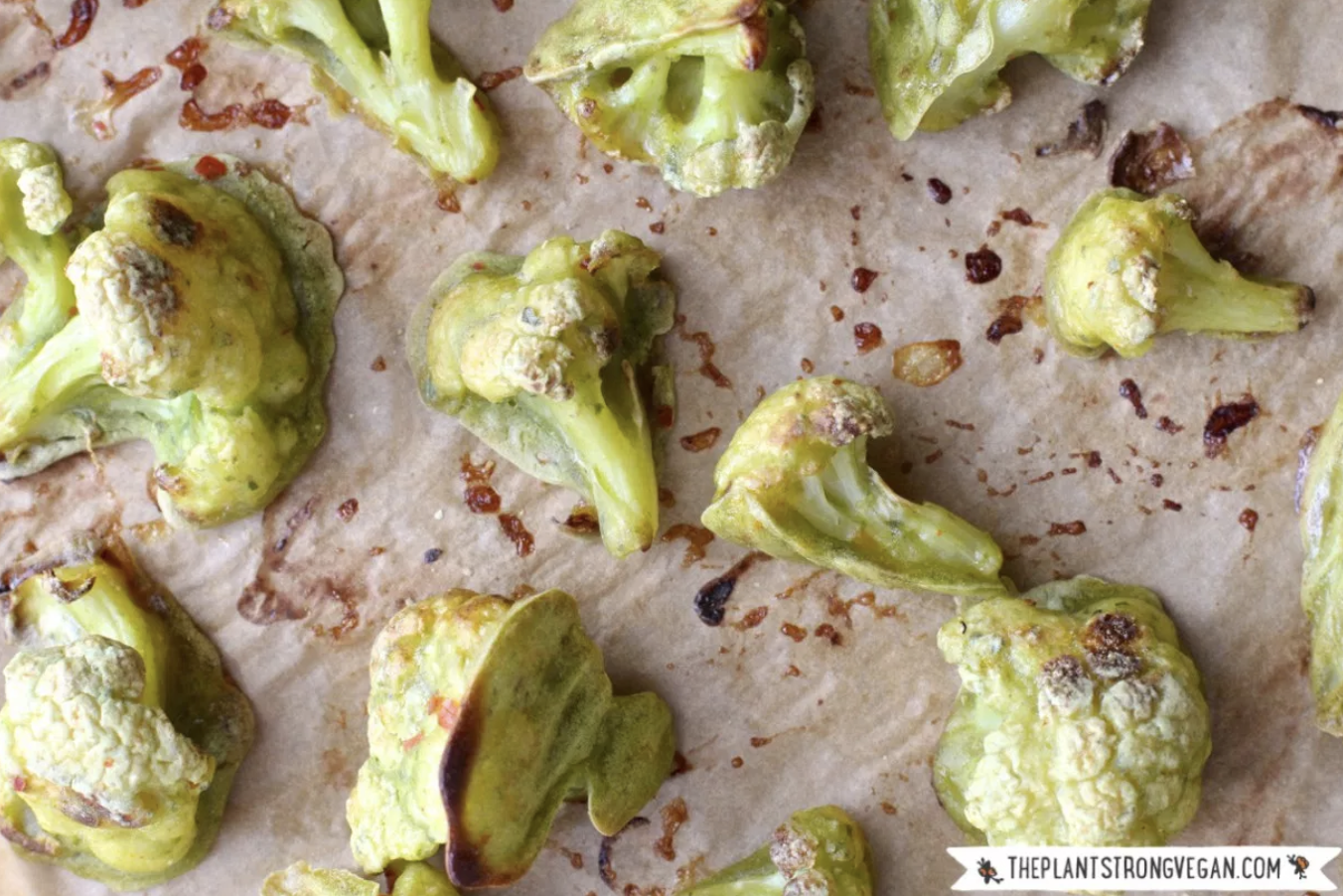
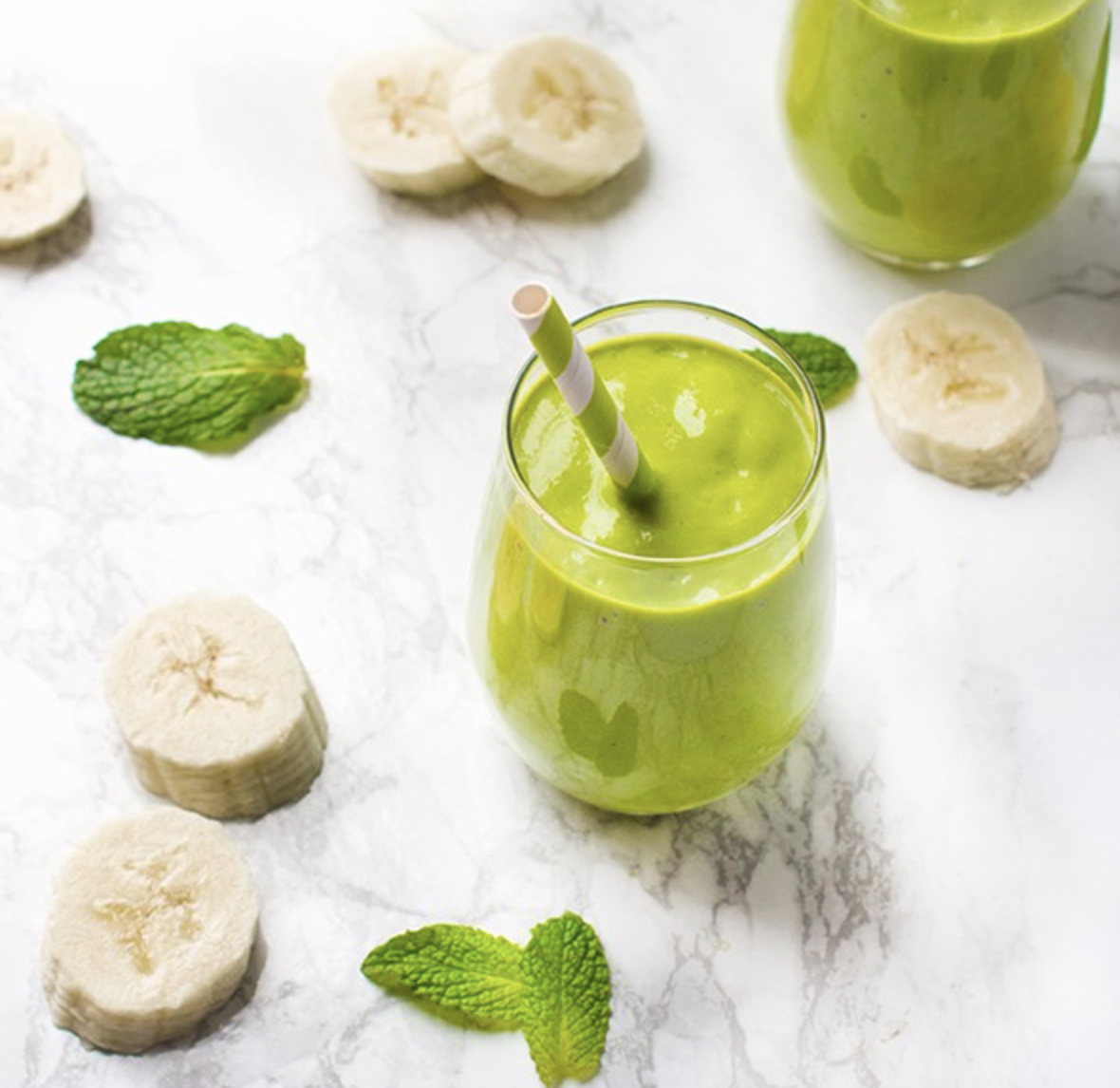
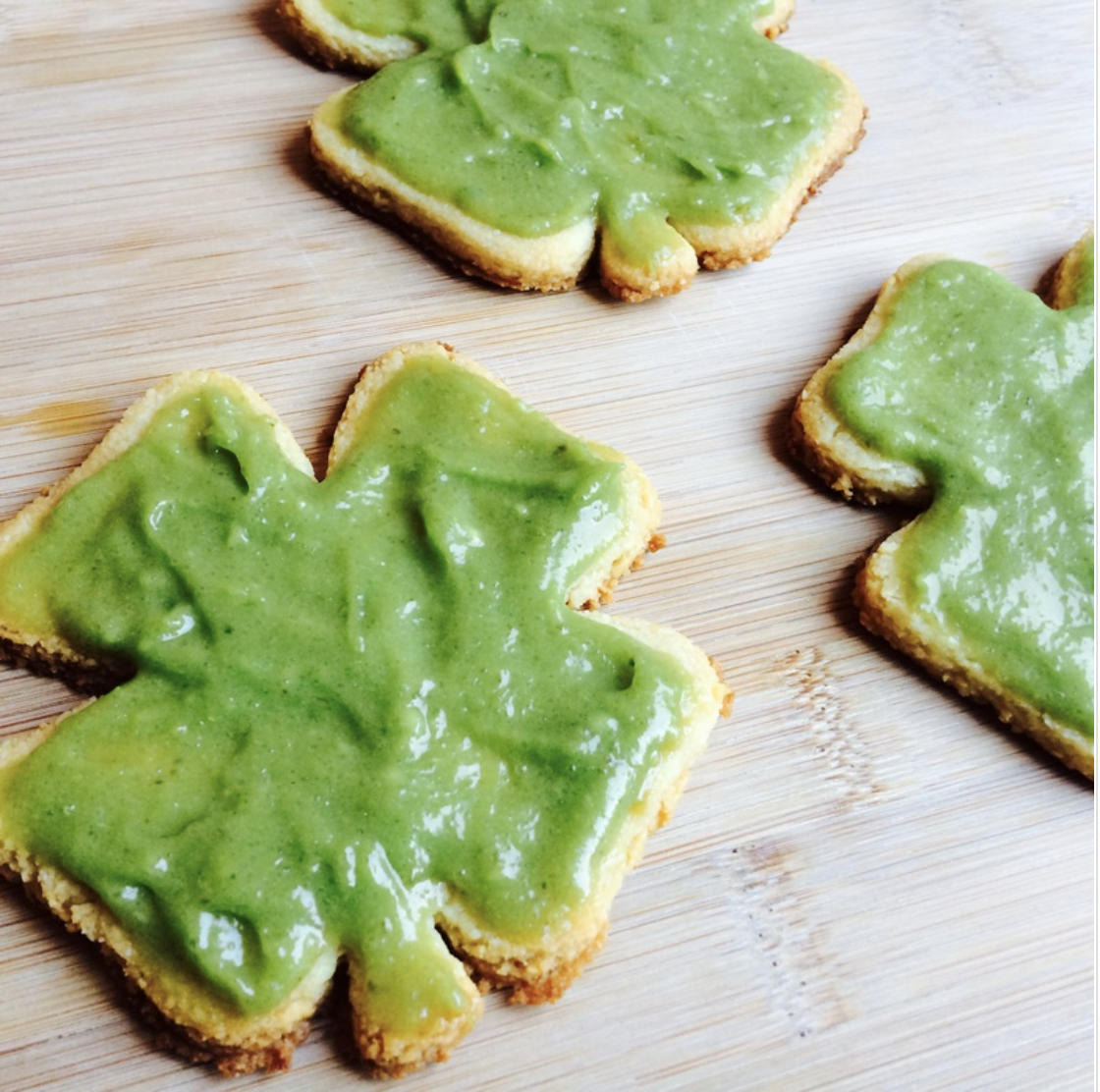
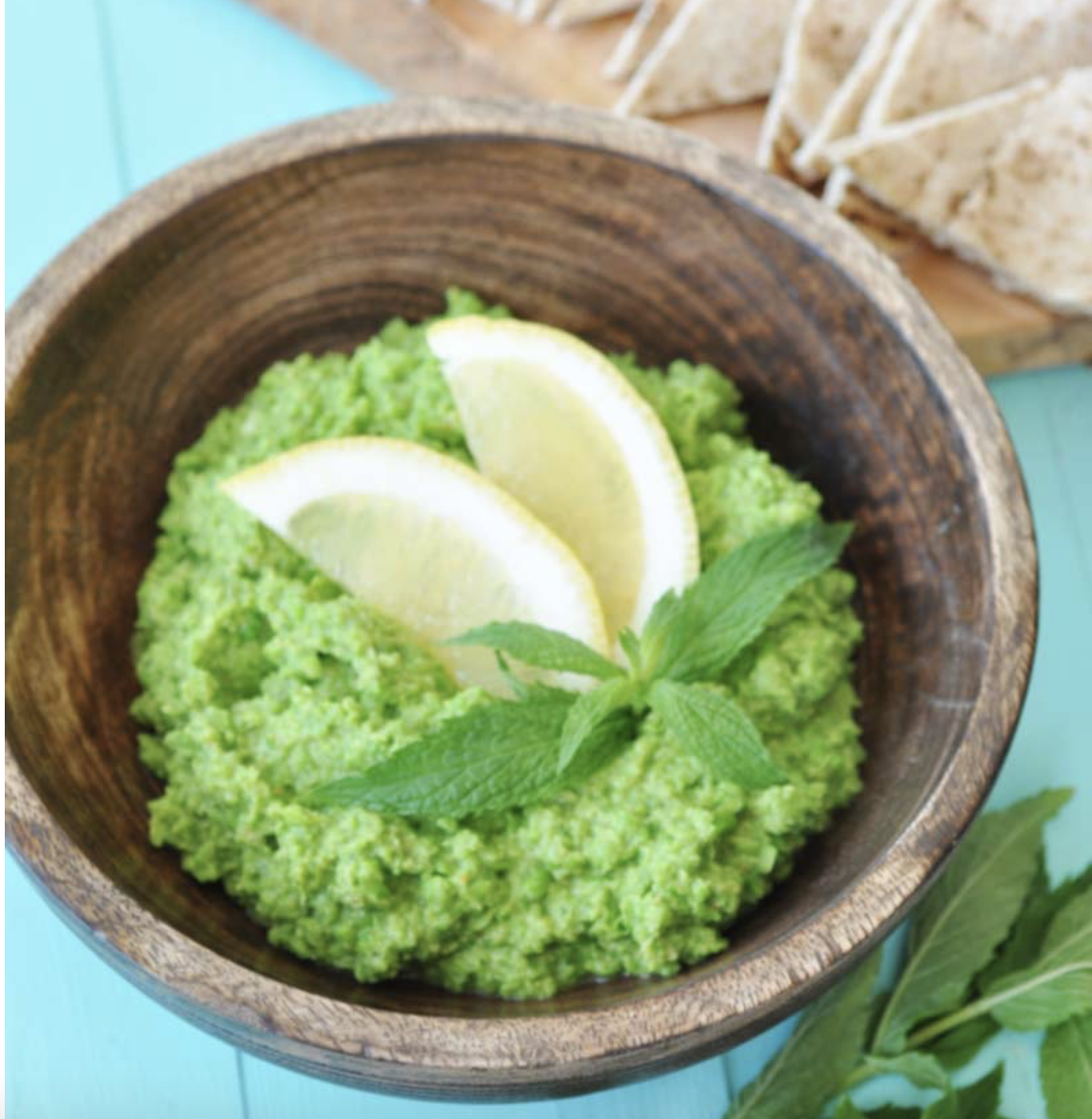
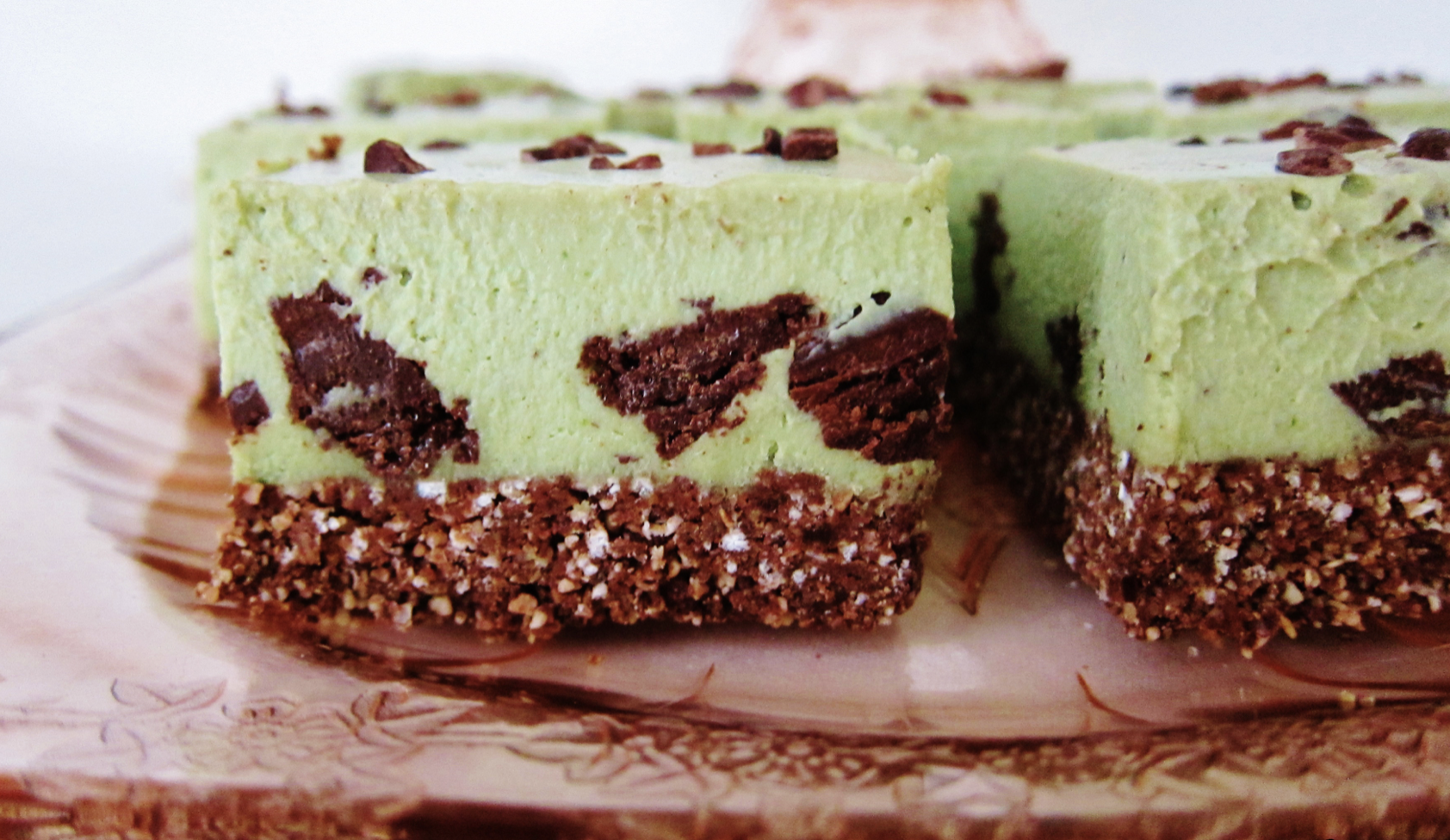
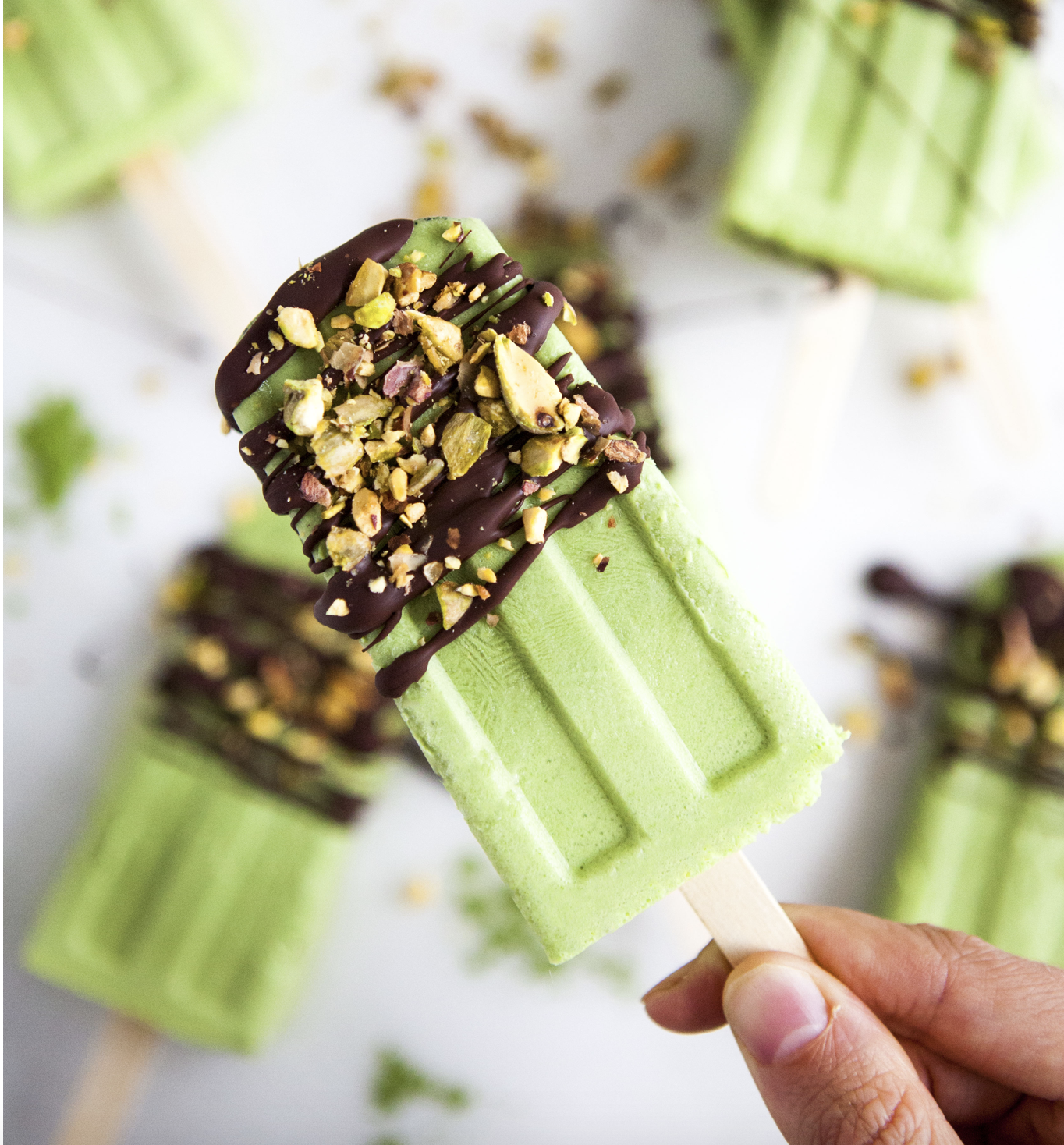

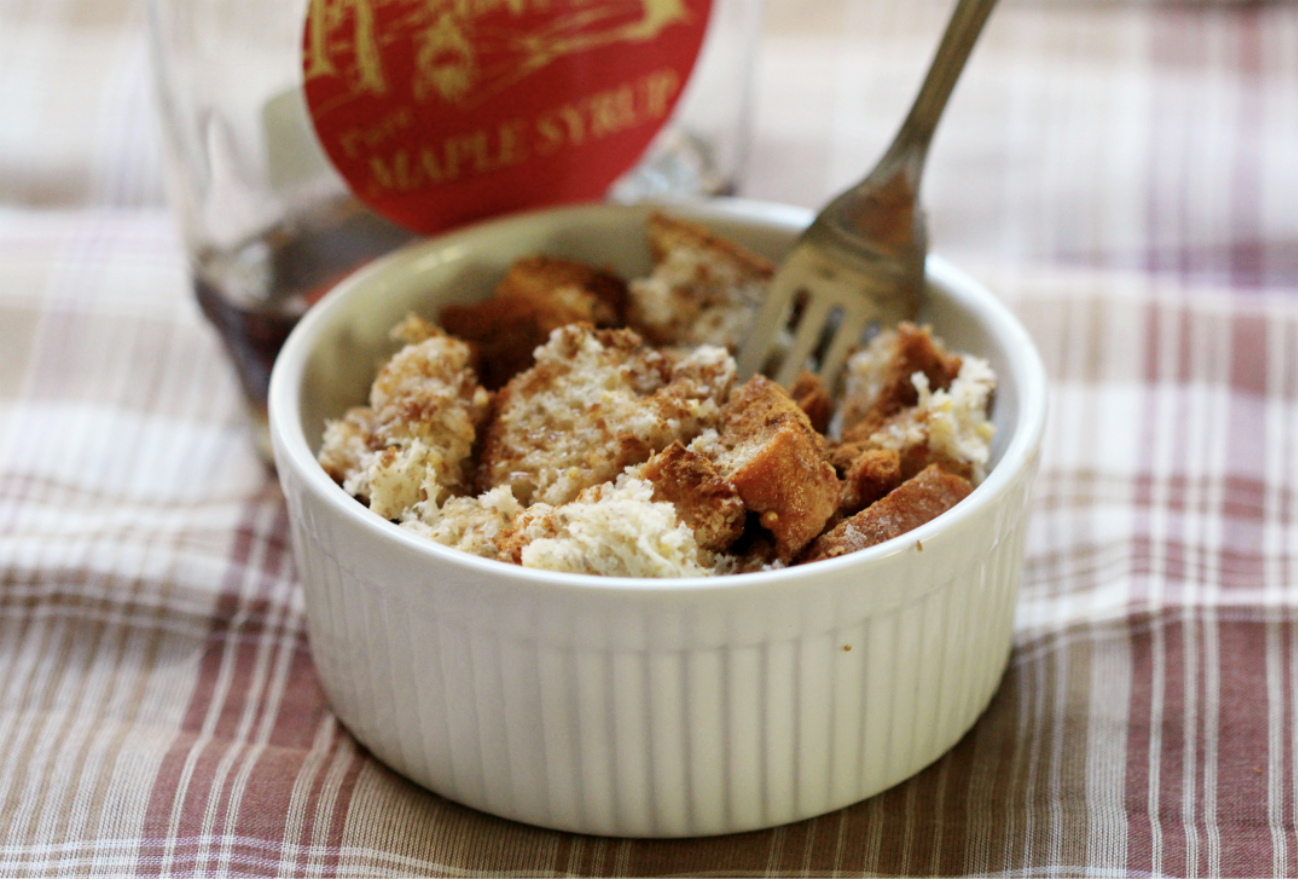
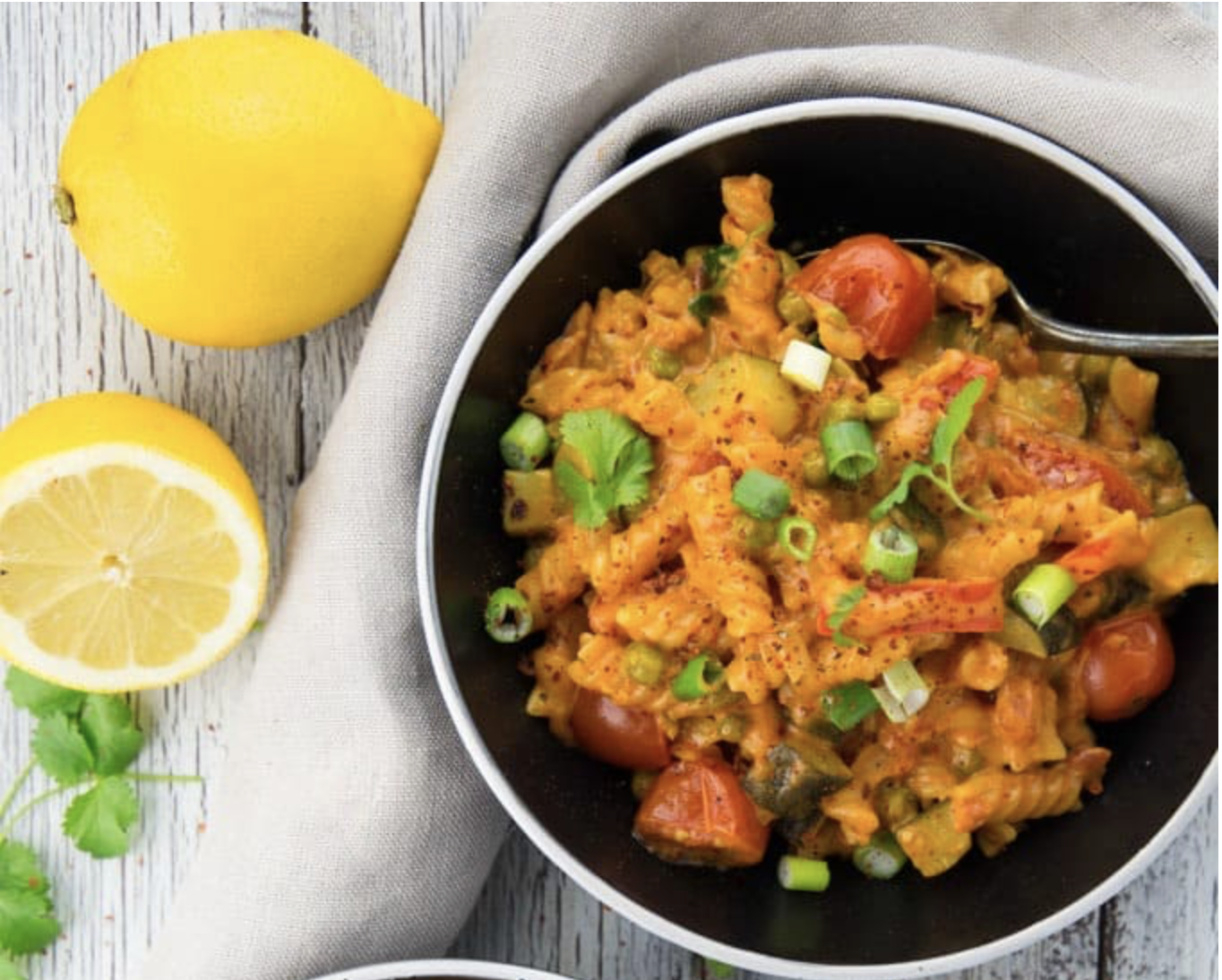
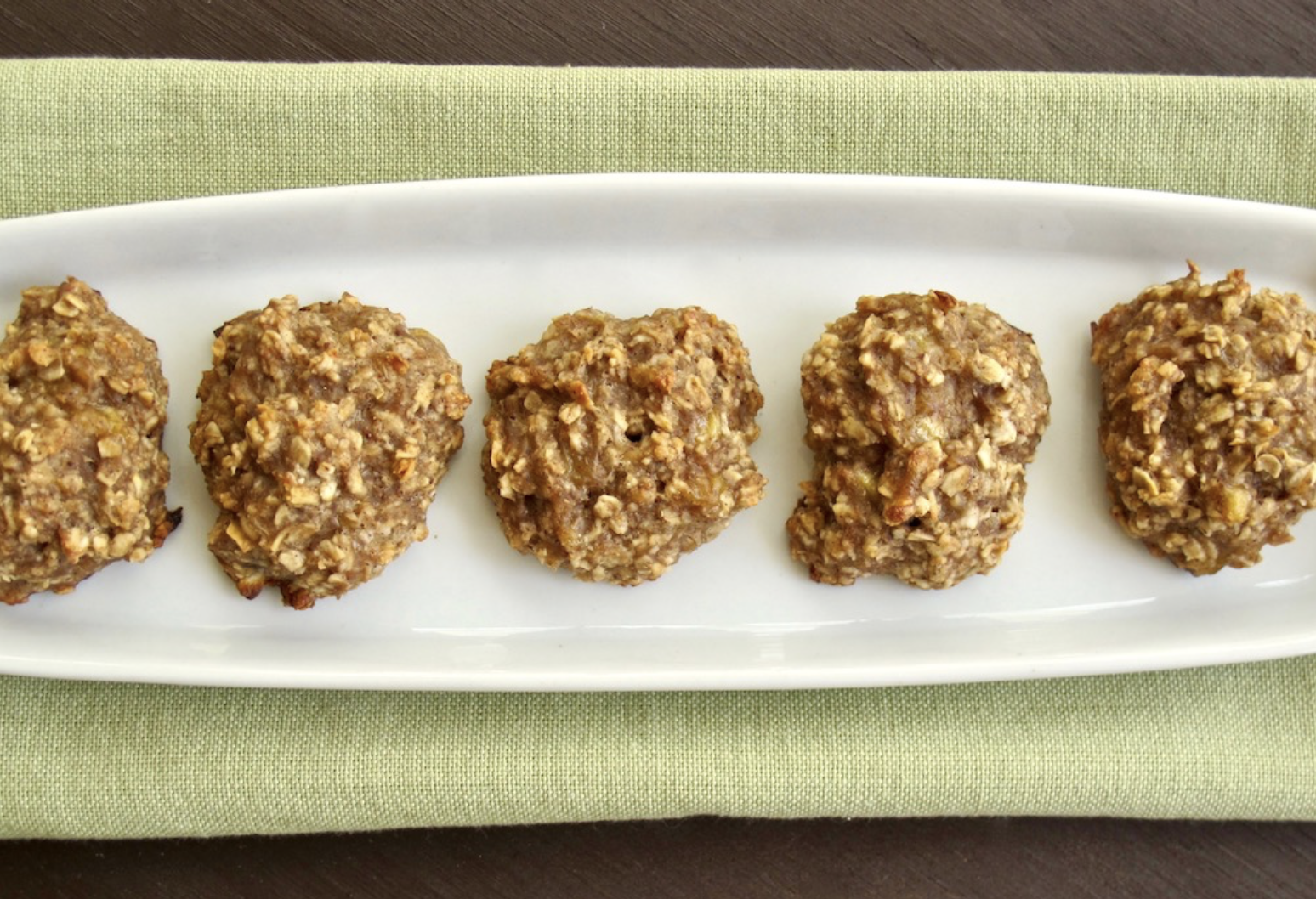
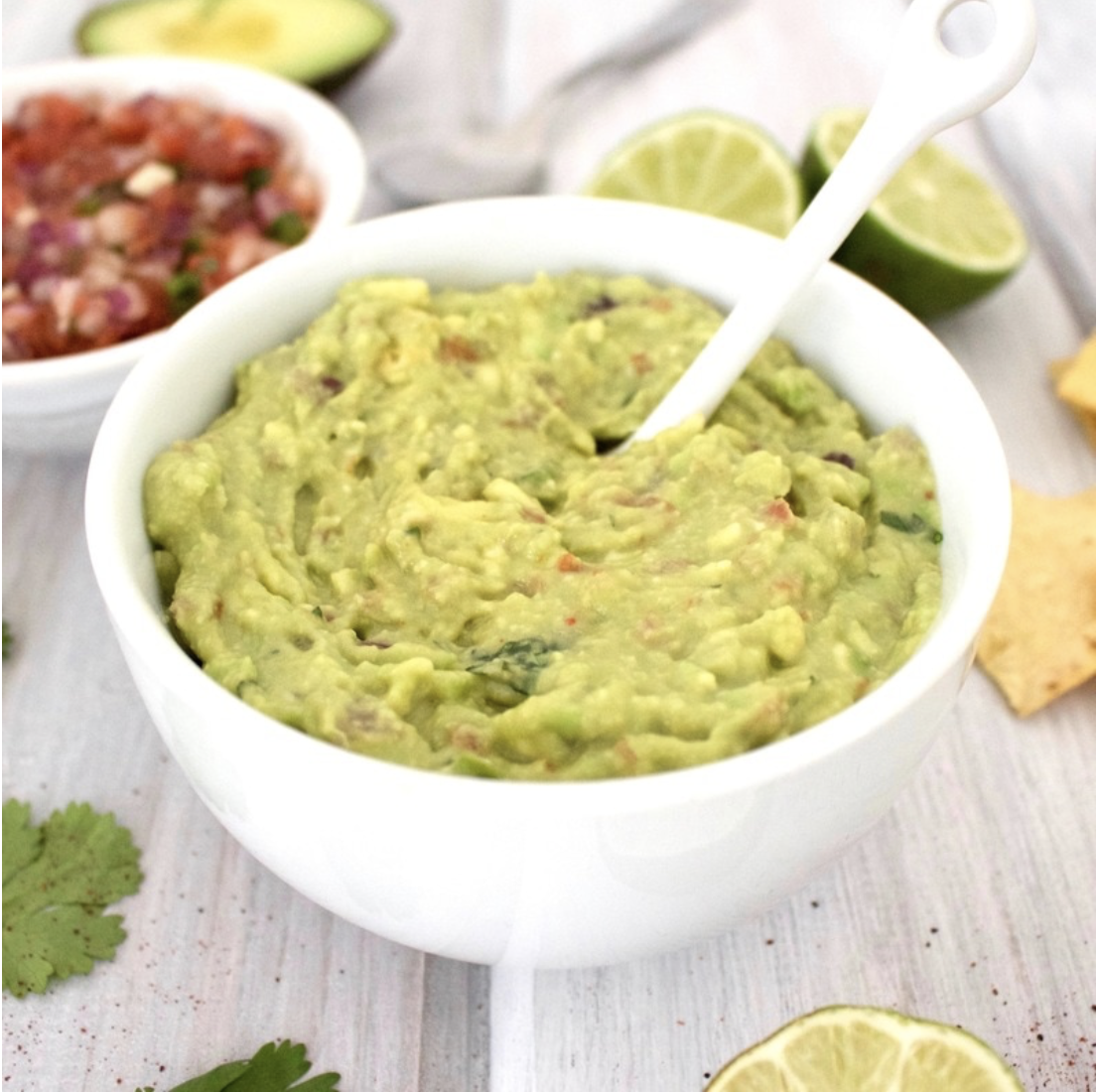
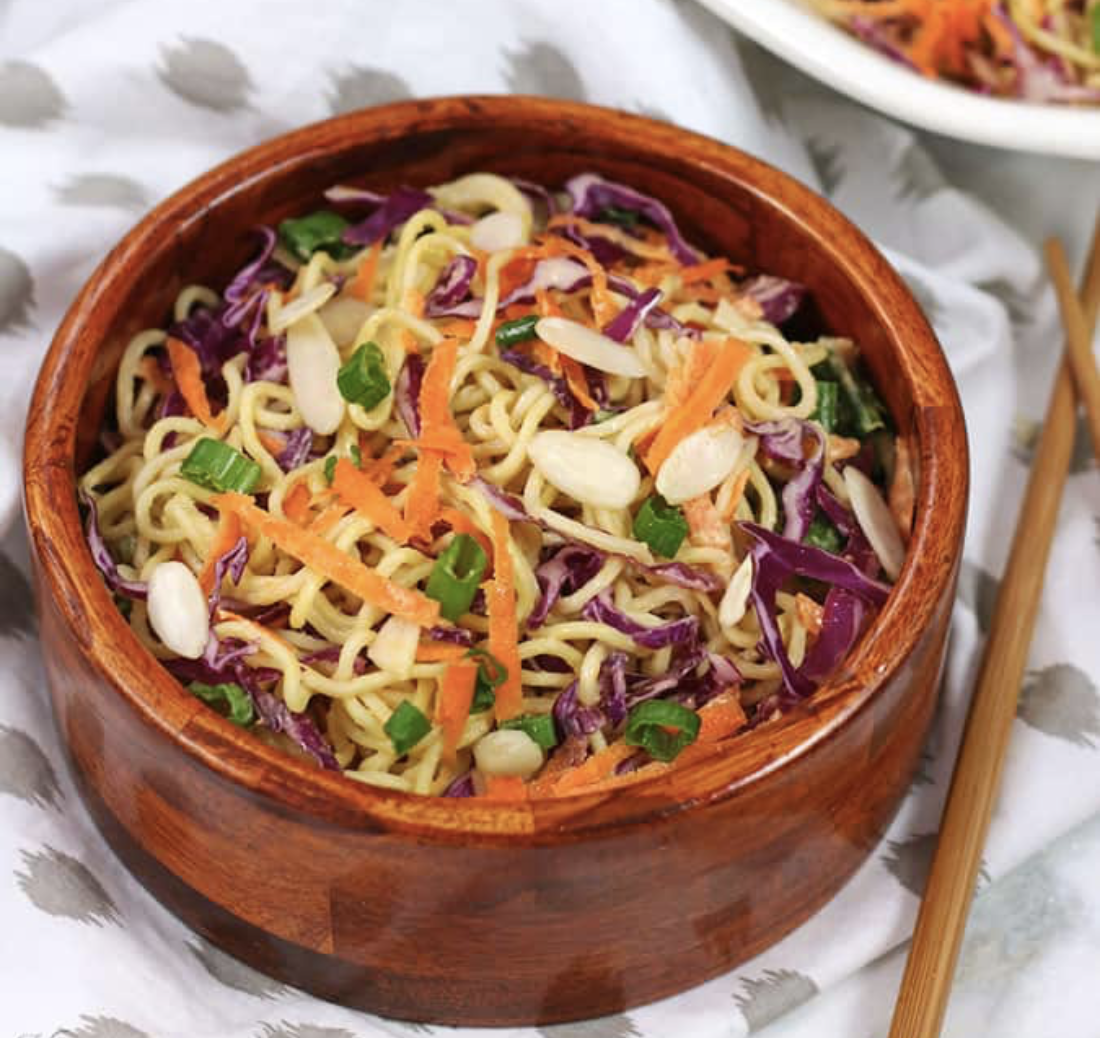
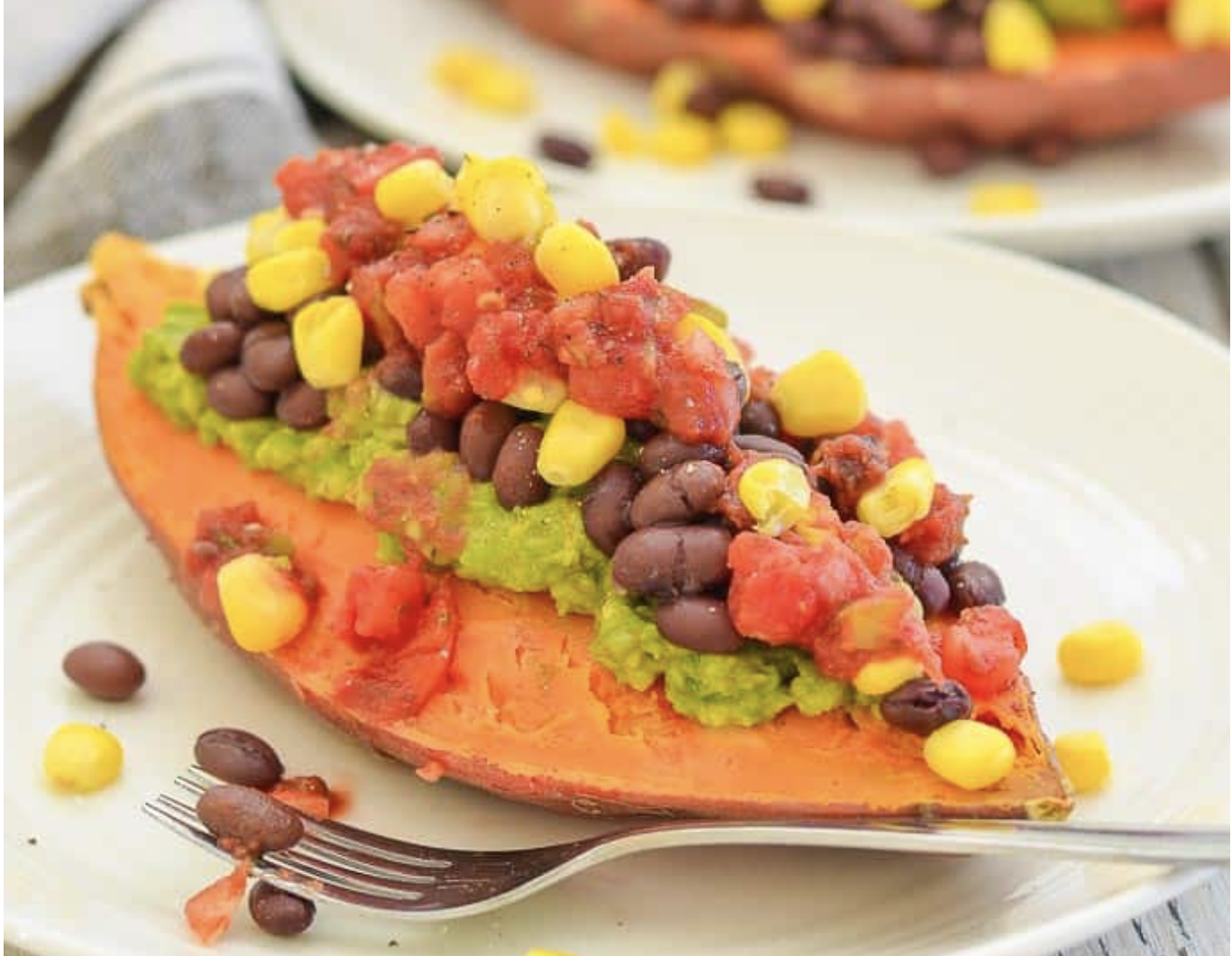
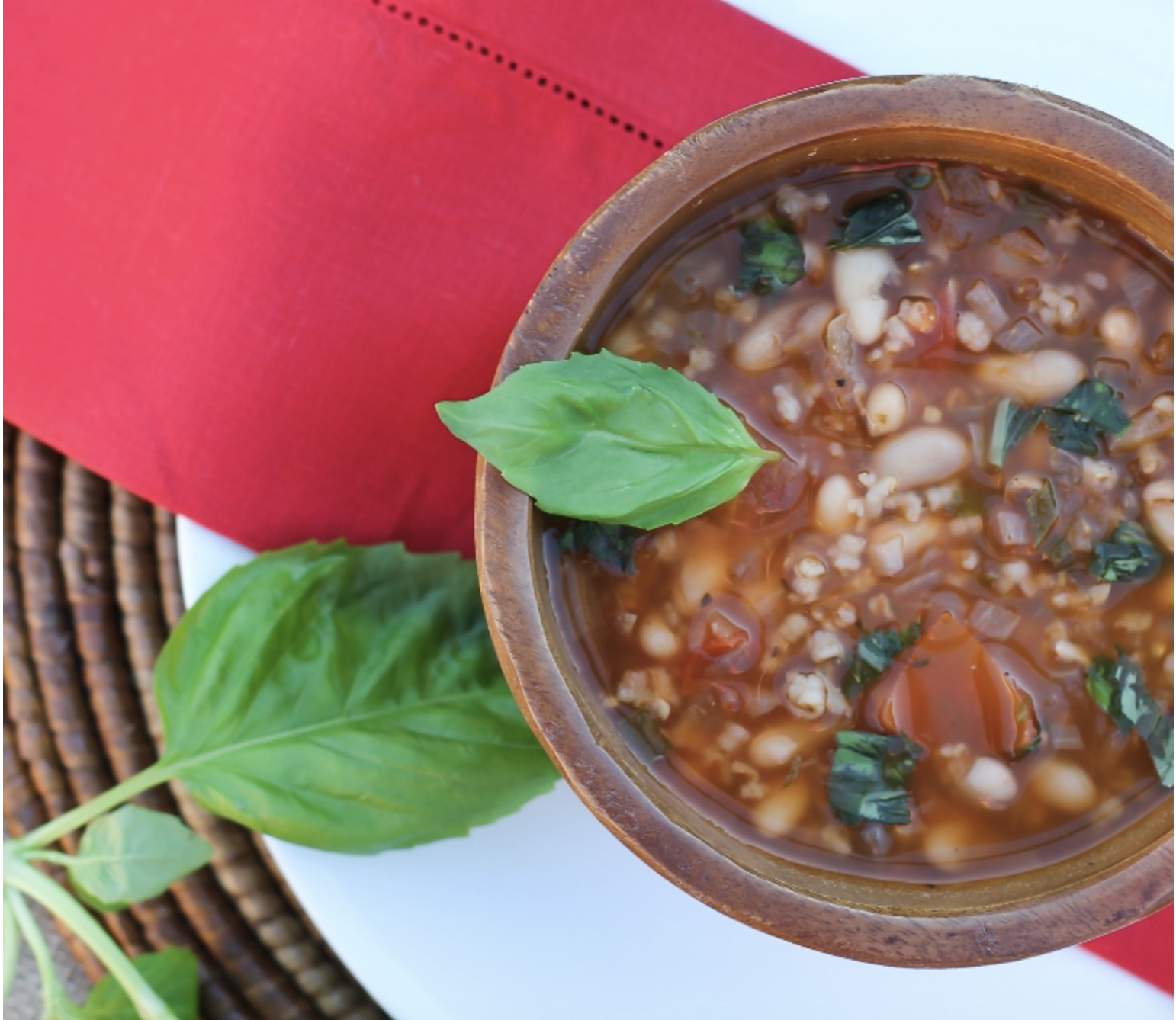
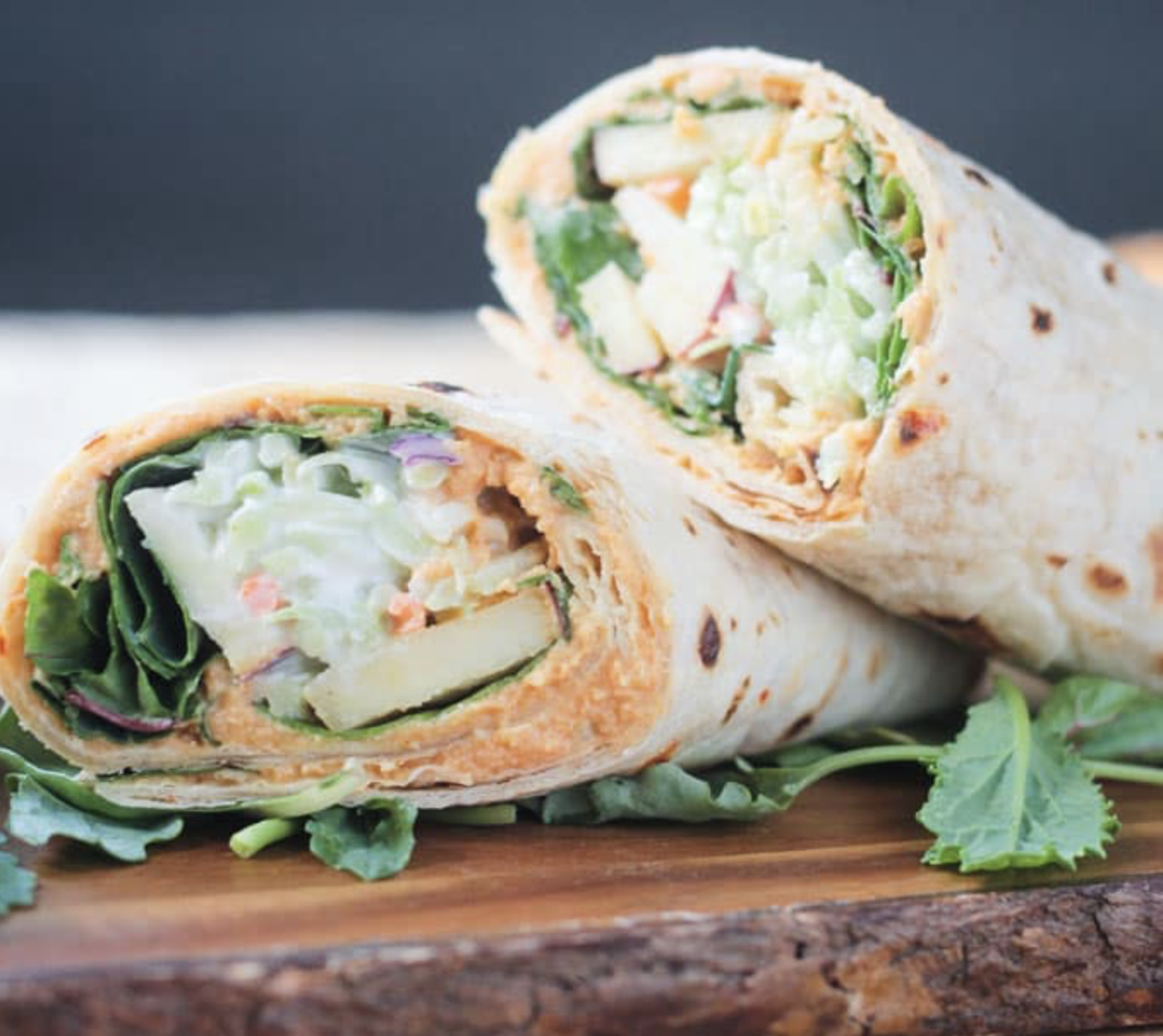
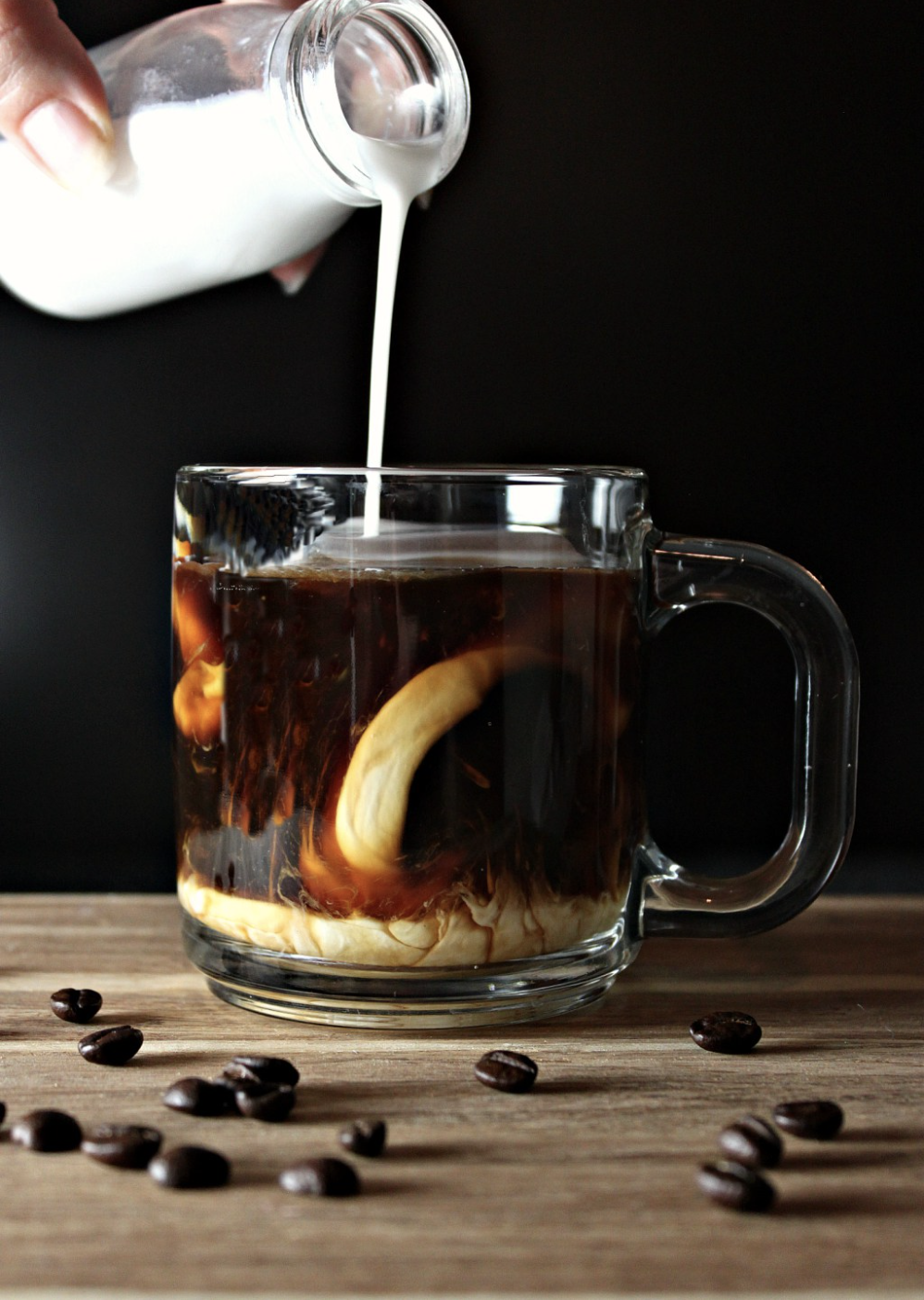
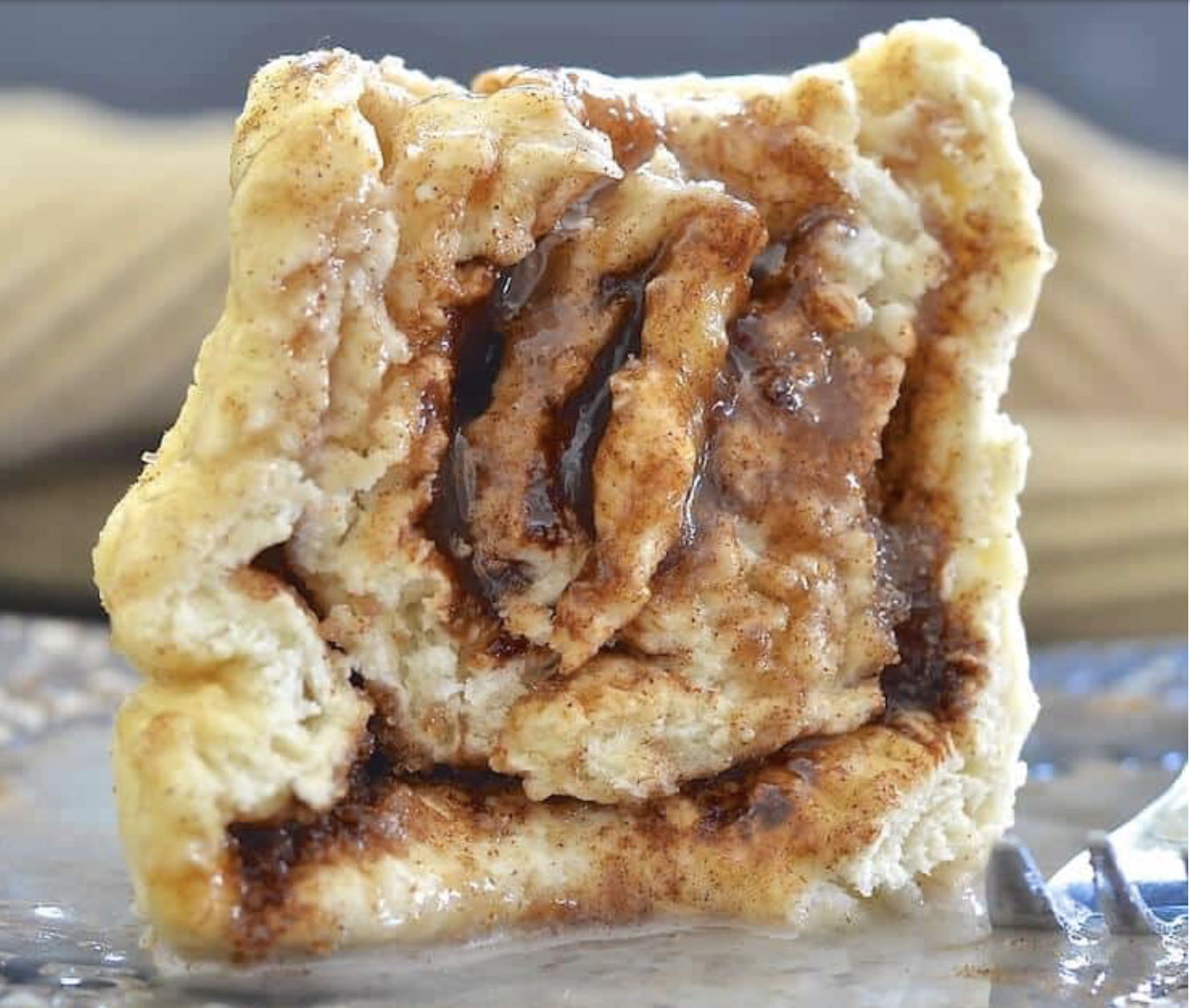
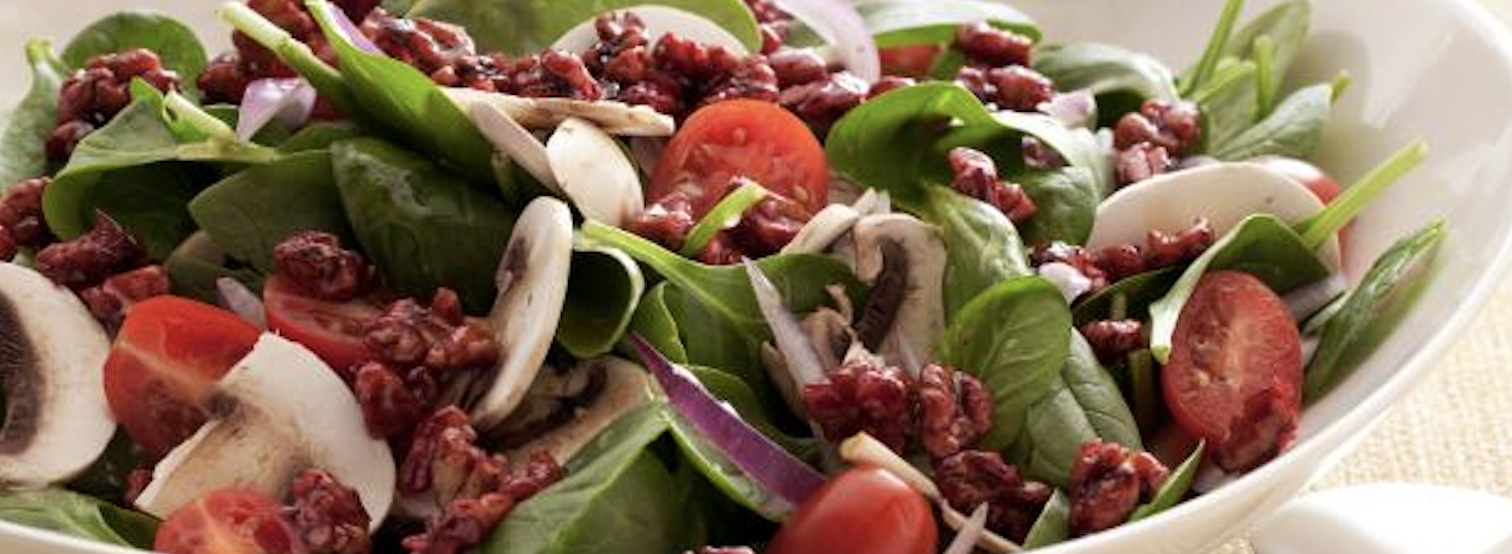
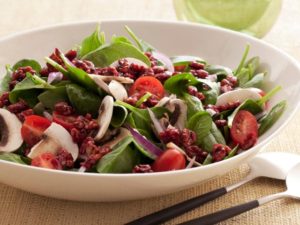 Super Food Spinach Salad with Pomegranate Glazed Walnuts
Super Food Spinach Salad with Pomegranate Glazed Walnuts Oatmeal Flax Chocolate Chip Cookies
Oatmeal Flax Chocolate Chip Cookies
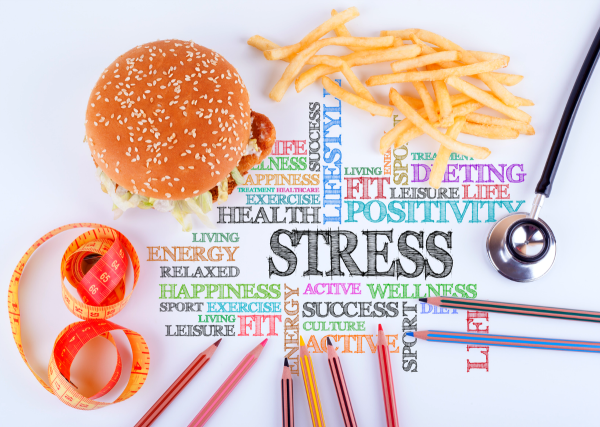 End the cycle of eating bad-for-you foods and find relief elsewhere. Instead, add these truly anti-stress foods to your diet.
End the cycle of eating bad-for-you foods and find relief elsewhere. Instead, add these truly anti-stress foods to your diet.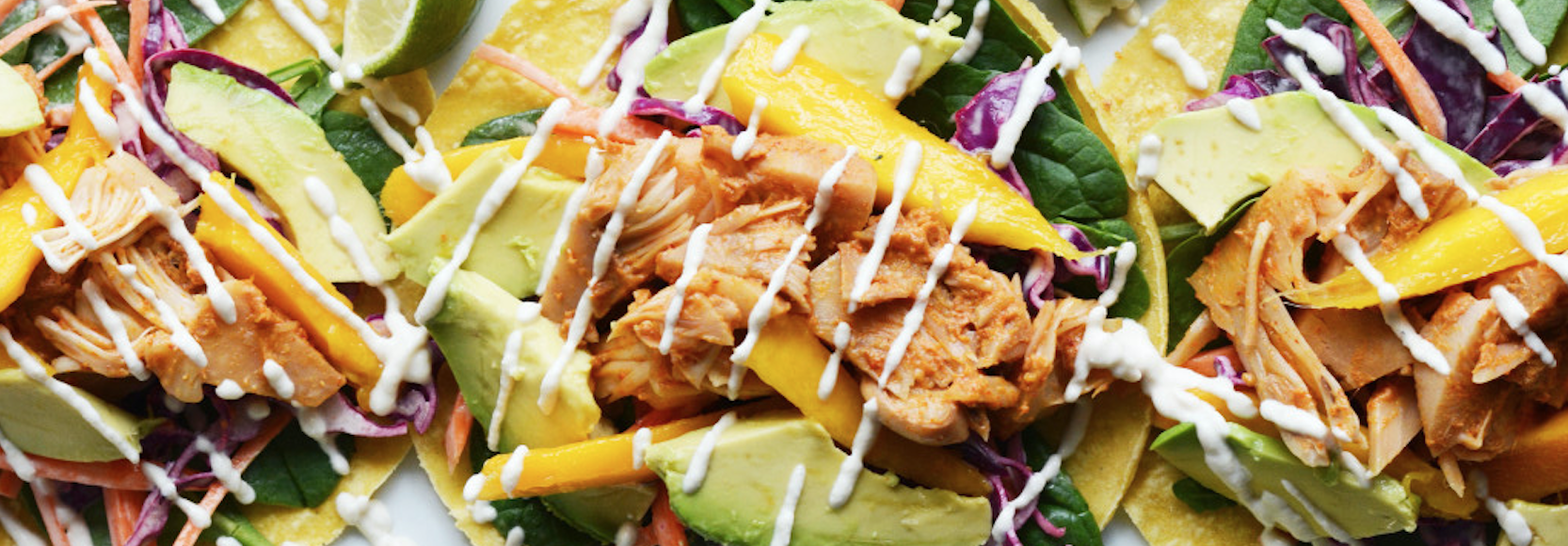
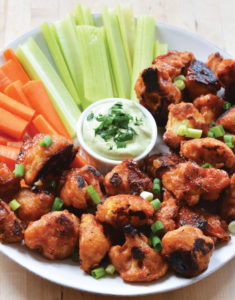
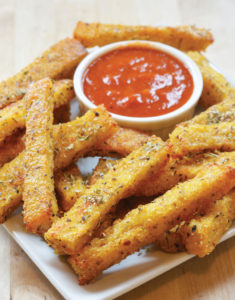
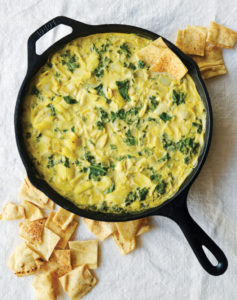

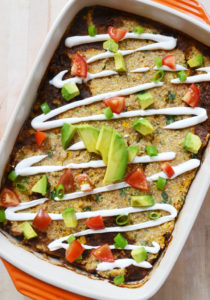
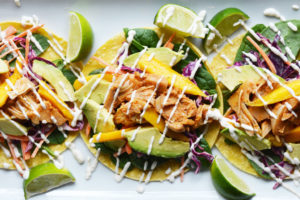
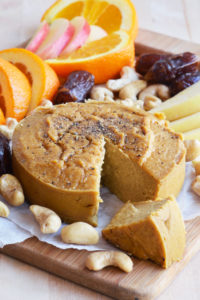
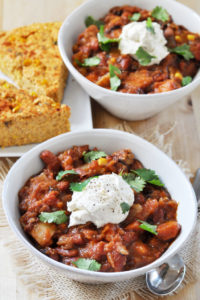
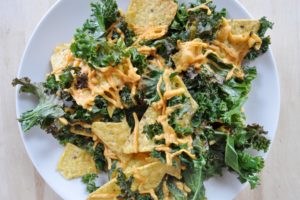


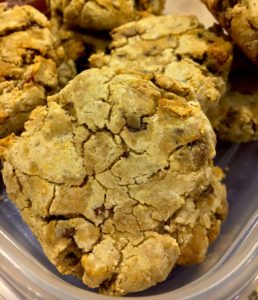 Gluten Free, Vegan Chocolate Chip Cookies (makes 9)
Gluten Free, Vegan Chocolate Chip Cookies (makes 9)
